
Kód: 17438331
Nature's Machines
Autor David Alexander
Nature's Machines: An Introduction to Organismal Biomechanics presents the fundamental principles of biomechanics in a concise, accessible way while maintaining necessary rigor. It covers the central principles of whole-organism b ... celý popis
- Jazyk:
 Angličtina
Angličtina - Vazba: Brožovaná
- Počet stran: 202
Nakladatelství: Elsevier Science Publishing Co Inc, 2017
- Více informací o knize

1358 Kč
Dostupnost:
50 % šance Máme informaci, že by titul mohl být dostupný. Na základě vaší objednávky se ho pokusíme do 6 týdnů zajistit.
Máme informaci, že by titul mohl být dostupný. Na základě vaší objednávky se ho pokusíme do 6 týdnů zajistit.Prohledáme celý svět
Mohlo by se vám také líbit
-

Serenade 2/Alto Rhapsody/...
942 Kč -
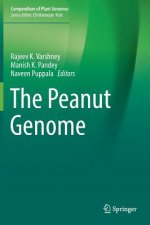
Peanut Genome
3037 Kč -

Family Maps of Rush County, Indiana
695 Kč -

Living Link
587 Kč -

Marine Advisors: With the Vietnamese Marine Corps
288 Kč -

Global Passage: Transformation of Panama and the Panama Canal
348 Kč -

El Sexto Folio
515 Kč
Dárkový poukaz: Radost zaručena
- Darujte poukaz v libovolné hodnotě a my se postaráme o zbytek.
- Poukaz se vztahuje na celou naši nabídku.
- Elektronický poukaz vytisknete z e-mailu a můžete ihned darovat.
- Platnost poukazu je 12 měsíců od data vystavení.
Informovat o naskladnění knihy
Zadejte do formuláře e-mailovou adresu a jakmile knihu naskladníme, zašleme vám o tom zprávu. Pohlídáme vše za vás.
Více informací o knize Nature's Machines
Nákupem získáte 136 bodů
 Anotace knihy
Anotace knihy
Nature's Machines: An Introduction to Organismal Biomechanics presents the fundamental principles of biomechanics in a concise, accessible way while maintaining necessary rigor. It covers the central principles of whole-organism biomechanics as they apply across the animal and plant kingdoms, featuring brief, tightly-focused coverage that does for biologists what H. M. Frost's 1967 Introduction to Biomechanics did for physicians. Frequently encountered, basic concepts such as stress and strain, Young's modulus, force coefficients, viscosity, and Reynolds number are introduced in early chapters in a self-contained format, making them quickly available for learning and as a refresher. More sophisticated, integrative concepts such as viscoelasticity or properties of hydrostats are covered in the later chapters, where they draw on information from multiple earlier sections of the book. Animal and plant biomechanics is now a common research area widely acknowledged by organismal biologists to have broad relevance. Most of the day-to-day activities of an animal involve mechanical processes, and to the extent that organisms are shaped by adaptive evolution, many of those adaptations are constrained and channelized by mechanical properties. The similarity in body shape of a porpoise and a tuna is no coincidence. Many may feel that they have an intuitive understanding of many of the mechanical processes that affect animals and plants, but careful biomechanical analyses often yield counterintuitive results: soft, squishy kelp may be better at withstanding pounding waves during storms than hard-shelled mollusks; really small swimmers might benefit from being spherical rather than streamlined; our bones can operate without breaking for decades, whereas steel surgical implants exhibit fatigue failures in a few months if not fully supported by bone. Offers organismal biologists and biologists in other areas a background in biomechanics to better understand the research literature and to explore the possibility of using biomechanics approaches in their own work Provides an introductory presentation of the everyday mechanical challenges faced by animals and plants Functions as recommended or required reading for advanced undergraduate biology majors taking courses in biomechanics, supplemental reading in a general organismal biology course, or background reading for a biomechanics seminar course
 Parametry knihy
Parametry knihy
Zařazení knihy Knihy v angličtině Mathematics & science Biology, life sciences Life sciences: general issues
1358 Kč
- Plný název: Nature's Machines
- Autor: David Alexander
- Jazyk:
 Angličtina
Angličtina - Vazba: Brožovaná
- Počet stran: 202
- EAN: 9780128044049
- ISBN: 0128044047
- ID: 17438331
- Nakladatelství: Elsevier Science Publishing Co Inc
- Hmotnost: 336 g
- Rozměry: 151 × 227 × 14 mm
- Datum vydání: 16. August 2017
Oblíbené z jiného soudku
-
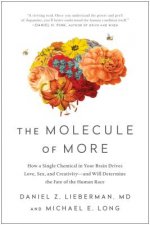
The Molecule of More
433 Kč -
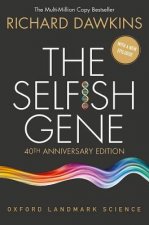
The Selfish Gene
338 Kč -

Stealing Fire
283 Kč -

Homo Deus
288 Kč -

Cosmic Serpent
258 Kč -
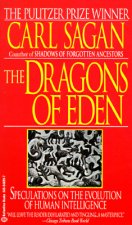
Speculations on the Evolution of Human Intelligence
199 Kč -

The Extended Phenotype
369 Kč -

Descartes' Error
333 Kč -

Power of Habit
285 Kč -

Story Genius
348 Kč -

1493
333 Kč -

Sapiens
337 Kč -

We Are Our Brains
288 Kč -

Blind Watchmaker
337 Kč -

Psychopath Inside
406 Kč -
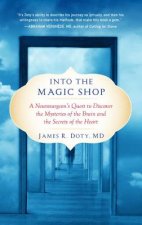
Into the Magic Shop
363 Kč -

Incognito
298 Kč -
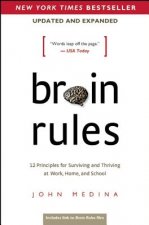
Brain Rules (Updated and Expanded)
319 Kč -
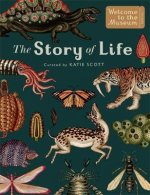
Story of Life: Evolution (Extended Edition)
333 Kč -
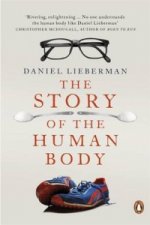
The Story of the Human Body
333 Kč -

Undoing Project
279 Kč -

Race Differences in Intelligence
871 Kč -

Double Helix
258 Kč -

Brain
283 Kč -

Neuroaffective Picture Book 2
893 Kč -

Reaching Down the Rabbit Hole
298 Kč -

Oxygen
308 Kč -

Life on Earth
600 Kč -

The Storytelling Animal
366 Kč -

Feeling Of What Happens
333 Kč -

Manual of Percutaneous Coronary Interventions
2346 Kč -
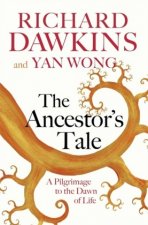
Ancestor's Tale
396 Kč -
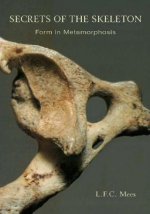
Secrets of the Skeleton
592 Kč -

T. rex and the Crater of Doom
425 Kč -
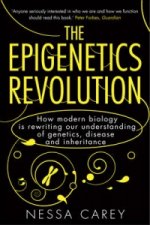
Epigenetics Revolution
287 Kč -

Human Brain Coloring Book
436 Kč -

Seven Daughters Of Eve
283 Kč -

Descent of Man
120 Kč -

Darwin's Dangerous Idea
382 Kč -

Feeling and Knowing
563 Kč -
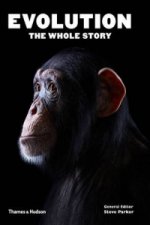
Evolution: The Whole Story
533 Kč -
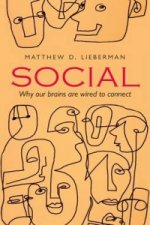
Social
382 Kč -
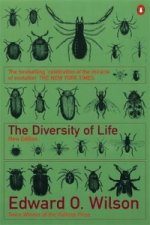
Diversity of Life
333 Kč -

Systems View of Life
684 Kč -

Ecological Thought
636 Kč -

Human Advantage
420 Kč -

Endless Forms Most Beautiful
386 Kč -

Student's Guide to Cognitive Neuroscience
1548 Kč -

Origins of Life
607 Kč
Osobní odběr Praha, Brno a 12903 dalších
Copyright ©2008-24 nejlevnejsi-knihy.cz Všechna práva vyhrazenaSoukromíCookies


 Vrácení do měsíce
Vrácení do měsíce 571 999 099 (8-15.30h)
571 999 099 (8-15.30h)